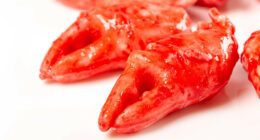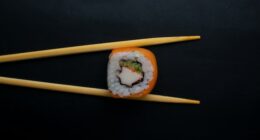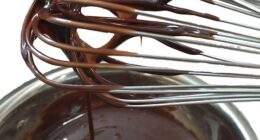Soba noodles are thin, brown, and made from buckwheat, while udon noodles are thick, white, and made from wheat flour.
TL;DR Soba Noodles Vs. Udon Noodles
Soba noodles tend to be thinner and more delicate than udon noodles. They are often enjoyed cold with dipping sauce or served in hot broth dishes like zaru soba or kitsune soba.
Udon noodles are thicker and heartier. They can absorb flavors well and are commonly used in soups like tempura udon or nabeyaki udon. Udon is also versatile enough to be stir-fried or served chilled with various toppings.
What is Soba Noodles?
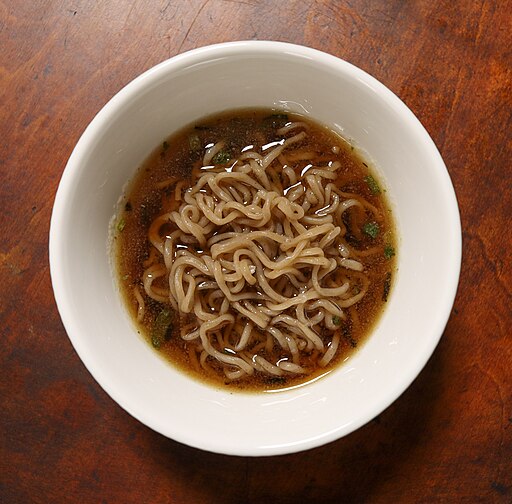
Soba noodles, derived from buckwheat flour, hold a special place in Japanese cuisine. These thin and delicate strands of goodness have been enjoyed for centuries. The word “soba” itself means buckwheat in Japanese, highlighting the main ingredient that gives these noodles their distinctive flavor.
What sets soba noodles apart is not just their unique taste, but also their health benefits. Buckwheat is rich in fiber and nutrients like manganese and magnesium. It’s also gluten-free (although some soba varieties may contain wheat), making it a great option for those with dietary restrictions or sensitivities.
Traditionally, soba noodles are served both hot and cold. In colder months, they are commonly enjoyed in a warm broth called kake soba or dipped into a soy-based sauce known as tsuyu when served chilled during the summer.
What is Udon Noodles?
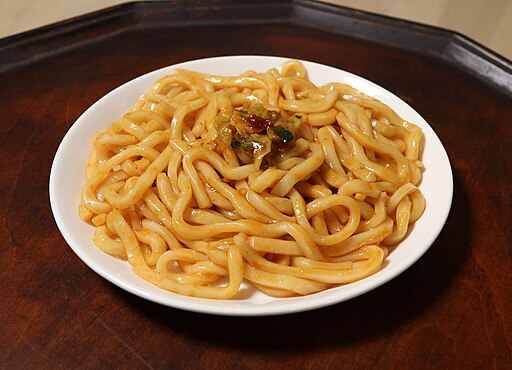
Udon noodles are a type of thick, wheat-based noodle that is commonly used in Japanese cuisine. These noodles have a soft, chewy texture and are often served in soups or stir-fried dishes.
One unique aspect of udon noodles is their versatility. They can be enjoyed hot or cold and can be paired with a variety of ingredients to create different flavors and textures. Whether you prefer them in a rich broth with toppings like tempura or sliced scallions, or tossed with soy sauce and vegetables for a simple yet satisfying meal, udon noodles offer endless possibilities.
In terms of appearance, udon noodles are thicker than soba noodles and have a smooth surface. This gives them a more substantial bite compared to the thinner and slightly grainier texture of soba.
Soba Noodles Vs. Udon Noodles – Key differences
| Aspect | Soba Noodles | Udon Noodles |
|---|---|---|
| Ingredients | Made from buckwheat flour | Made from wheat flour |
| Color | Thin and brown | Thick and white |
| Texture | Chewy and nutty | Soft and doughy |
| Flavor | Earthy and slightly nutty | Neutral |
| Serving Styles | Often served cold or in soup | Typically served in hot broth |
| Popular Dishes | Soba noodles with dipping sauce | Udon noodles in various soups |
| Thickness | Thin | Thick |
| Cooking Time | Quick to cook | Longer cooking time required |
Image Credits
Featured Image By – Mobius6, CC BY-SA 4.0 , via Wikimedia Commons
Image 1 By – Mobius6, CC BY-SA 4.0 , via Wikimedia Commons
Image 2 By – Mobius6, CC BY-SA 4.0 , via Wikimedia Commons


